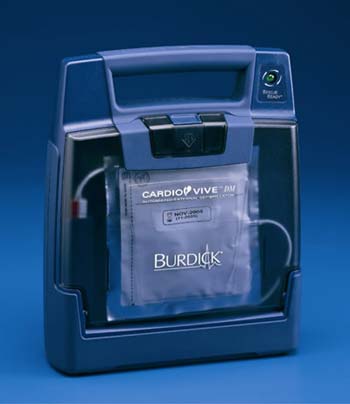There are successful PAD, public access defibrillator, campaigns that are currently running in the US. Good examples of offering public access to defibrillators can be found in Indianapolis International Airport, Orlando International Airport, Colorado Springs Airport, Nashville International Airport, St. Louis International Airport/Lambert Field, Tampa International Airport and Tucson International Airport.
Only 10 months after the se programs were initiated, the survival rate of patients has risen to 75%. Even though the automated external defibrillators are very easy to use, it is necessary that people benefit of some basic AED training in order to avoid negligent use of this device and make the AEDs fully effective. The basic training must consist of at least 3 or 4 hours of training.
After having completed the AED course, one must be able to determine the state of a patient and whether the use of an AED is needed. The AED trainee should to be able to assess the state of the patient after the shock delivery. The trainees also have to know what precautions are needed in order to perform a safe defibrillation.
Presently, there are several automated external defibrillator training courses provided by the American Heart Association (AHA) or the Red Cross on request.
